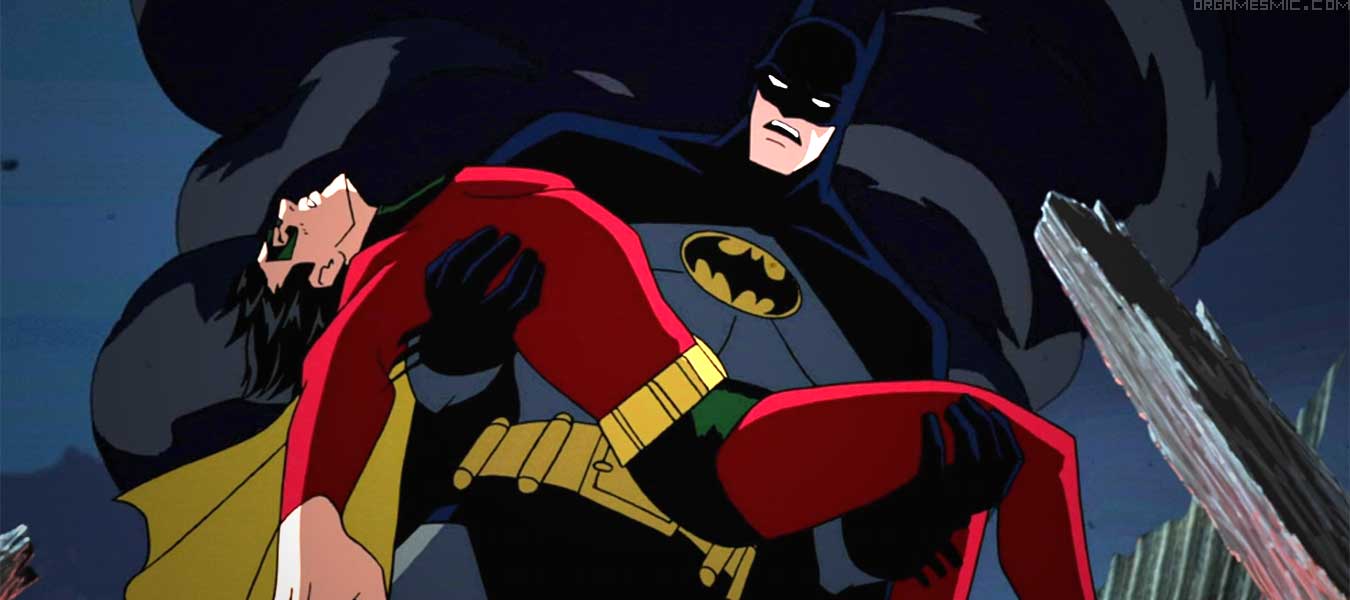This page may contain one or more affiliate links, which means that if you purchase a product through that link, I may receive compensation. The links will be identified with the text "affiliate link". Click to learn more.
The most popular character within DC is Batman. He’s bigger than Superman. He’s bigger than Spider-Man from Marvel Comics. Despite hovering above all other comic book characters by a wide margin, it is hard to ignore some of Batman’s weaknesses. Perhaps his incredible wealth and resources make it easy to overlook them. But one thing is for sure, he is not invulnerable. Compared to the rest of the Justice League, he seems kind of useless if you ignore his intellect. Here are some of the most notable issues with him.
No Super-Powers
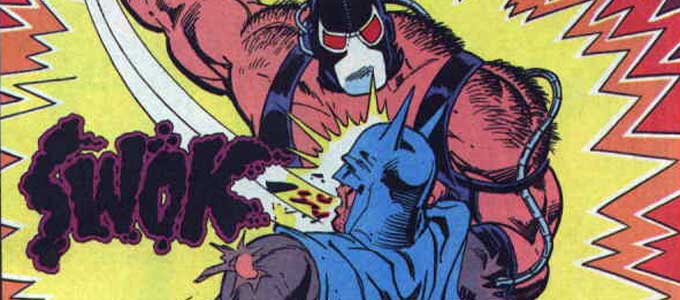
Let’s get the most obvious one out of the way. The biggest problem is that he is merely a man in a suit. Sure, he’s seemingly a genius to the point of no limits. But despite doing a hundred pushups every morning and solving the daily Sudoku puzzle in the newspaper, he is still just a man, and can be injured or killed like any other human being. But hey, at least he doesn’t have to worry about Kryptonite.
It’s hard not to cite Batman: Knightfall, the story where the villain Bane fractures Batman’s back. But before doing so, Bane figured out Batman’s secret identity, and devises a plan to wear him out mentally. He was weakened so much that when he threw a punch at Bane, it did nothing. With his humanity exploited, he had nothing left. All that remained was the truth: he was just a man.
It’s important to remember that Batman’s strength comes from his training and dedication, not from any inherent superpowers. One comic that explores this theme is “Batman: The Dark Knight Returns” by Frank Miller. This story arc depicts an older Bruce Wayne coming out of retirement to once again become Batman and shows how even with all his training and dedication, he is still just a man that can be maimed or put down like a stray dog. In fact, he is so out of shape that he can barely climb a rope anymore. Meanwhile, the local gang leader beats him half to death, due to the age difference.
Reliance on Gadgets
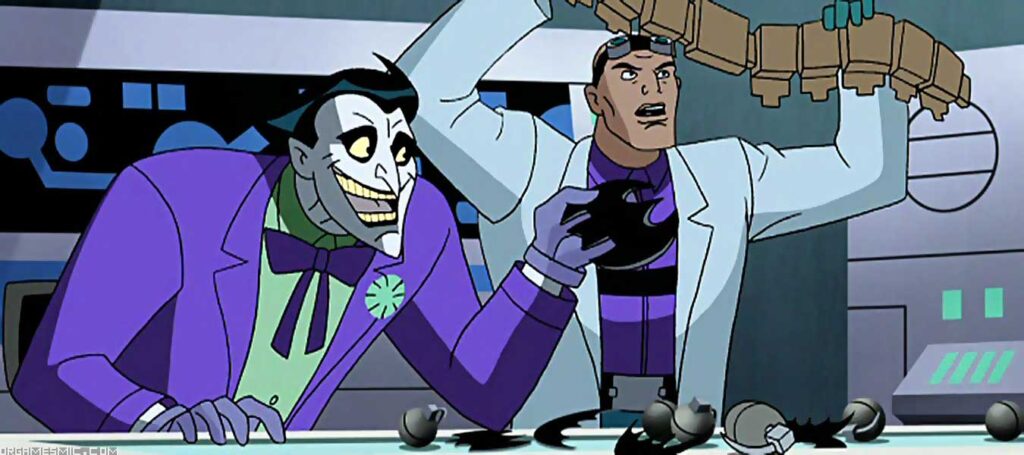
An old joke about the Batman television show starring Adam West is that he always had a gadget for something. In the 1966 movie, he had a shark repellent handy from his utility belt. Despite this infamous moment that people often refer to, the gadget situation continues. When it comes to planning, Batman seems to be infallible. Whenever he needs a tool, car, weapon, hideout or anything else, he always has one. But what if he didn’t?
While his gadgets are undeniably impressive, they can also malfunction or be hacked by skilled opponents. This is clearly another of Batman’s issues. Plus, without his gadgets, Batman is, once again, just a man. Maybe he should invest in some backup armor? After all, it’s hard to fight crime when your utility belt is out of commission. It’s always the first thing to be taken way from him.
In the Justice League animated series episode “Injustice for All”, (the one where Batman seduces Cheetah) not only is he captured, but Lex Luthor figures out how to unlock his utility belt. Inside is all kinds of junk like batarangs and grenades. In Batman: The Animated Series, there’s an episode called “The Underdwellers” where he has a miniature re-breather in his utility belt that’s practically the size of a candy bar. For everyone else in the world, they need a SCUBA tank on their back. For Batman, he just needs his utility belt.
Another gadget, which people sometimes overlook, is his suit. That thing can seemingly do anything. It allows him to fly, be invulnerable to bullets, see in the dark, breathe in space, and talk to the Justice League with a built-in pair of Bluetooth earbuds. The body armor is made of Kevlar woven so tightly that it must hold in the stench of his body odor and farts forever. If a villain ever wants to kill Batman, they just have to wait until he takes a shower or something and removes his suit and gadgets.
Emotional Attachment
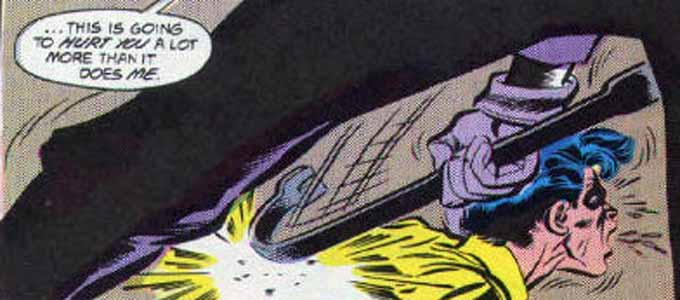
His love for Gotham City and its citizens often puts him in harm’s way, and his relationships with allies like Robin and Batgirl can be exploited by enemies looking to get the upper hand. This is one of the worst of Batman’s Weaknesses. But hey, at least he has Alfred to keep him grounded! It’s clear that Batman cares deeply for those around him, but sometimes that can cloud his judgement and put him in danger.
There are many examples of this. In “Knightfall”, Batman is emotionally broken, and his emotional attachment to his role as Batman had been smashed. As far as people, “The Killing Joke” shows Batman’s weakness knowing how the villain Joker assaulted Batgirl, which lead to him strangling his enemy in the final pages of the story. Another comic that explores this theme is “Batman: A Death in the Family”. This story arc follows Batman as he deals with the death of Jason Todd (the second Robin) and shows how his emotional attachment to those close to him can be exploited by enemies.
Mental Health
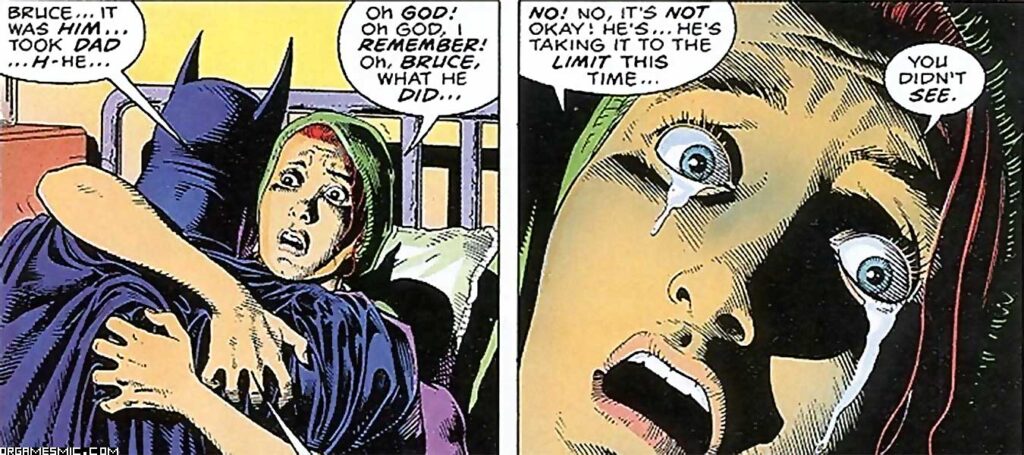
His weaknesses also extend to his psychological state. His traumatic childhood and obsession with justice can sometimes cloud his judgement and lead him down a dangerous path. Plus, his brooding demeanor can make it difficult for him to form meaningful connections with others. I guess seeing your parents shot in the face can be quite traumatic. It would be enough to drive anyone crazy, or at least make them dress up like a bat. This psychological obsession is the basis and very core that drives Batman’s mental obsession. Make no bones about it, Batman’s mental health is always teetering on the edge, which puts him at the mercy of his enemies.
In the “Towel of Babel” story line, the villain Ra’s Al Ghul robs the graves of Batman’s parents. As you might imagine, this proved to be an effective distraction that undoubtedly drove the caped crusader out of his mind. Many villains have psychologically messed with his mind, knowing that exploiting this weakness would be like a match to a forest during a drought.
One comic that explores this theme is “Batman: The Killing Joke” by Alan Moore and Brian Bolland. This story arc delves into the psychological battle between Batman and the Joker and shows how Batman’s traumatic childhood and obsession with justice can sometimes cloud his judgement. The Joker’s goal in the story is to show that anyone could be driven insane easily. When he shoots Barbara Gordon in the spine and sends obscene Polaroids to her father, he intended to prove his theory. But her father was not the only one that was driven mad, as Batman himself took this act way too personally.
Batman is also the jealous type. This is the reason why he sometimes hates Superman, and feels that he could do so much more if he were the one with the powers, instead of a brain-dead farm boy from Smallville. The same goes for Green Lantern, who he can’t believe that someone so dumb could be trusted with a ring so powerful. This can be seen in “All Star Batman and Robin” issue 8.
All Flaws Combined
While Batman may seem invincible at times, he does have his fair share of weaknesses. But let’s face it – if you had billions of dollars and access to all those gadgets, you’d probably feel pretty invincible too! It’s important to remember that even heroes have flaws, and that’s what makes them relatable. In Batman’s case, he was probably the insecure kid in school who would follow you home and burn it down if you insulted his mom. Bottom line is that he is way too human, and a mere paper-cut in the right place could cause him to bleed out. If that paper happened to be a break-up letter from Catwoman or something, his heart would bleed as well.
In the city of Gotham, where intelligent and insane criminals like the Joker and Catwoman roam the streets, Batman has always been the beacon of hope. But behind the mask of this caped crusader, lies a man named Bruce Wayne, who has had his fair share of psychological trauma. Witnessing his parents’ death at a young age left him in emotional despair, leading to his unwavering unwillingness to kill and his strict adherence to the no-kill rule. However, his regular human physiology also makes him vulnerable to physical trauma and susceptibility to injuries. But with the help of his allies and his soft spot for dogs, particularly his loyal companion Ace the Bat-Hound, Batman continues to fight for justice in a city plagued by chaos.
Despite his lack of control and his easily manipulated emotions due to his parent trauma, Batman’s love connection with Gotham City keeps him going. He sees the city as his responsibility, his duty to protect and keep safe. And even though he may not have superhuman abilities, his determination and resilience make him a force to be reckoned with. And his unwavering no-kill rule sets him apart from other superheroes, as he believes in bringing criminals to justice rather than taking their lives.
Through his journey of overcoming his own emotional struggles, Batman has taught us the importance of facing our traumas and using them to fuel our drive for good. He has shown us that even in the face of darkness, there is always a glimmer of light, and that light can come in various forms, like the love of a loyal companion or the support of trusted allies.
So, as the sun sets over Gotham City, we are reminded that even the darkest of nights can be conquered by a man who chooses to turn his pain into a force for good. And as we bid farewell to the enigmatic Bruce Wayne and his alter ego Batman, we are left with the realization that behind every superhero is a human being with flaws, vulnerabilities, and a story of their own.
Compared to the other (mostly) human Justice League members, Batman’s lack of mental instability puts him below the other members. For example, Green Lantern is known for his willpower. Black Canary, despite her voice abilities, is human and stable enough to often be the team leader. But if the “Tower of Babel” story has taught us anything, it’s that Batman’s paranoia and mental problems are not something to be taken lightly.
What better source than from the original golden age comics? You can pick up issues of the omnibus (affiliate link) and check them out for yourself.

